It has been a couple of years since I dropped in to see Matt Connell at his original Tasting Room in Cromwell. Since then he has won more awards, and been named Winemaker of the Show at the NZIWS – plus he’s taken over the Aurum Winery and buildings for his ever-expanding business. We start off in the barrel hall.
MC: We were fairly full in here this year but did about ten clients plus me.This is one of my Chardonnays – Lowburn – twenty year old vines. Same as I do all my chardonnays — it is all wild fermented initially, and then it drops brix and I inoculate. I struggle to get it dry here – I don’t know why? But I don’t want to stir them to try to keep them up. I inoculate it with yeast that try and highlight the minerality and the acid profile. This ’22 will come out and be bottled in March.
It’s gone well for us. People are liking it and it is selling, which is the main thing. But they do have acid — it’s probably got a pH of 3.3.
WF: Other than the one you gave me — the 2018 when I saw you last time; I think I’ve only had the 2019, apart from that.
MC: The ’17 Bob Campbell gave that no.3 in his Chardonnays that year, which was nice. But it has always been over 90 points, so that’s been good for us. And it’s been selling, which is the main thing for me — that people are enjoying it. Chardonnay does well down here. We always used to beat them up too much, but we don’t now. Just leave them alone and highlight the acid line and stonefruit characters without throwing too much new oak at them. I want them to support food not dominate it.
I don’t have enough — only a couple of tonnes of fruit that I can get off that particular vineyard. And I don’t want to blend it with anything else. I’ve got two other blocks of Chardonnay to take, and we may end up taking some more and doing another Chardonnay from somewhere else but I don’t wanna mess this one up, because I really like it.
WF: is that the best Chardonnay blocks that you could get hold of; or are there other places that you would covet?
MC: No, I have been looking at other blocks. I’ve made a couple of other Chardonnays this year, and I could’ve taken fruit if I’d wanted it. I’m just really picky.
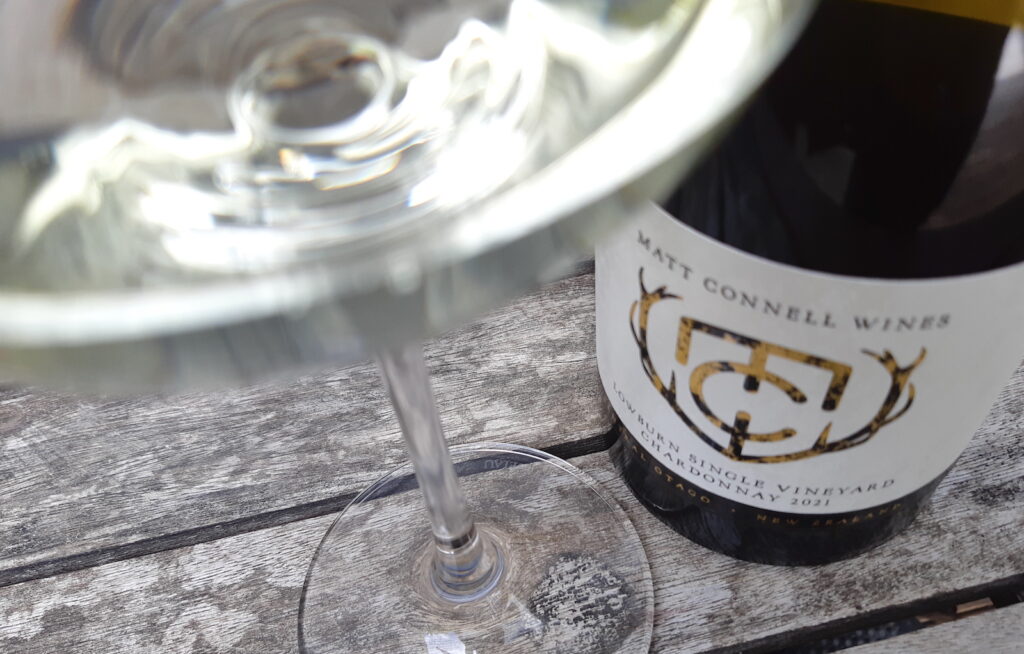
Because that keeps me out of trouble. I make wines that I really want to make, but they can’t just sit around — they’ve got to sell — so I can make some more. This whole thing is self-funded. It has taken me six years to get to the stage where I can get an assistant winemaker, so I’ve been doing it all by myself and with my wife Beth.
WF: The last time I saw you I felt like you were just at that stage where you were just ready to go up to that next level, but then there was COVID. I felt like that took the wind out of your sails at that point. But was it actually a good little breather as well?
MC: I had a chance to re-look at how we do things.— We had looked at possibly getting investors involved but I don’t want to do that. I’ve spent a lot of time and energy into this, and for me and my wife, we’re just at the cusp where it is coming right for us. I put a lot of money in here just this vintage – I put in new refrigeration, new concrete, new catwalks — a lot. So I need that money back over the next couple of years now. We’re consolidating, but in a good way. I made more wines here than I’ve ever made.
By making more wine than I have before I have been able to cherry pick when blending which has been tougher in the past. I haven’t had that ability, but I am starting to have that. So that’s a good thing. And also I’m looking at exporting a bit more. I only export to California at the moment and that’s because my wife is American. I’ve got really good connection to Oregon especially. Not just business contacts, but good friends that we made when we lived there for four years. And we wanna keep that up, so that’s why we started exporting to the States.
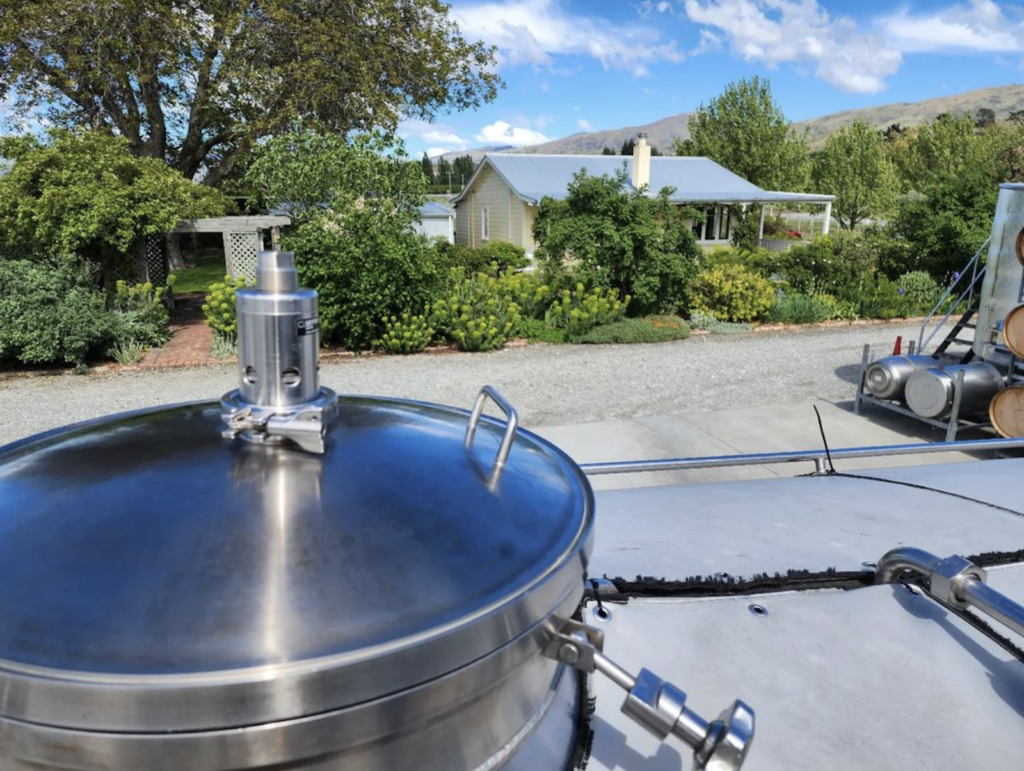
Domestic visitors to the Cellar Door are important too, but Australians probably make up the main thrust of those. And we don’t have distributors, so that’s always been a challenge. People want to distribute my wine, but I don’t want distributors as it doesn’t fit our model. There would be no money left at all, hardly. We have three agents in the North Island now, and they’re all pretty new for us, but they’re on commission, so it works a lot better and is a lot more personal which is what we are about at our core.
And ’22 was a good vintage. It wasn’t too hot but it was warm all vintage. And it went on for ages — we took fruit in from the Waitaki in June, and it was still warm days. It went on and on and on, so it was a great vintage for working outside. Sometimes here it’s bloody miserable at vintage because it gets cold and the water is freezing. It was a good vintage and there was lots of grapes, which kept everyone happy.
A lot of the smaller producers are making fine wines like Pinot, or Hawke’s Bay Syrah – these are world class wines, but need to be sold at $50 a bottle in order to make any money. If the wheels fall off our premium wines, it will be a race to the bottom. It could be tricky times ahead if we’re not careful.
With the Chardonnay, I don’t have much supply — so even if a restaurant is keen on it, I don’t have enough. That’s why I’m looking at other blocks, because I’d like to keep this and then make something with bigger volume to sell. Kika has got it in Wanaka, and the Bannockburn Hotel obviously. But those are good for me, because people have it and then come in here. That works for us because people are keen to follow up. I’ve gone to By Appointment only and I’m not doing tastings, because I wanna tell the story myself. And I can fit it in when I’ve got time — because I’m busy! I do this, then do Crossflow for the whole region. Then I do consulting outside Central, so this keeps me busy.
People who make appointments — it’s like an Open Home – they’ve already committed a bit. It’s way more fun for me – I mean, I enjoy it. And they learn a bit along the way, so it is definitely about teaching people about what we’re about. And also, the region.
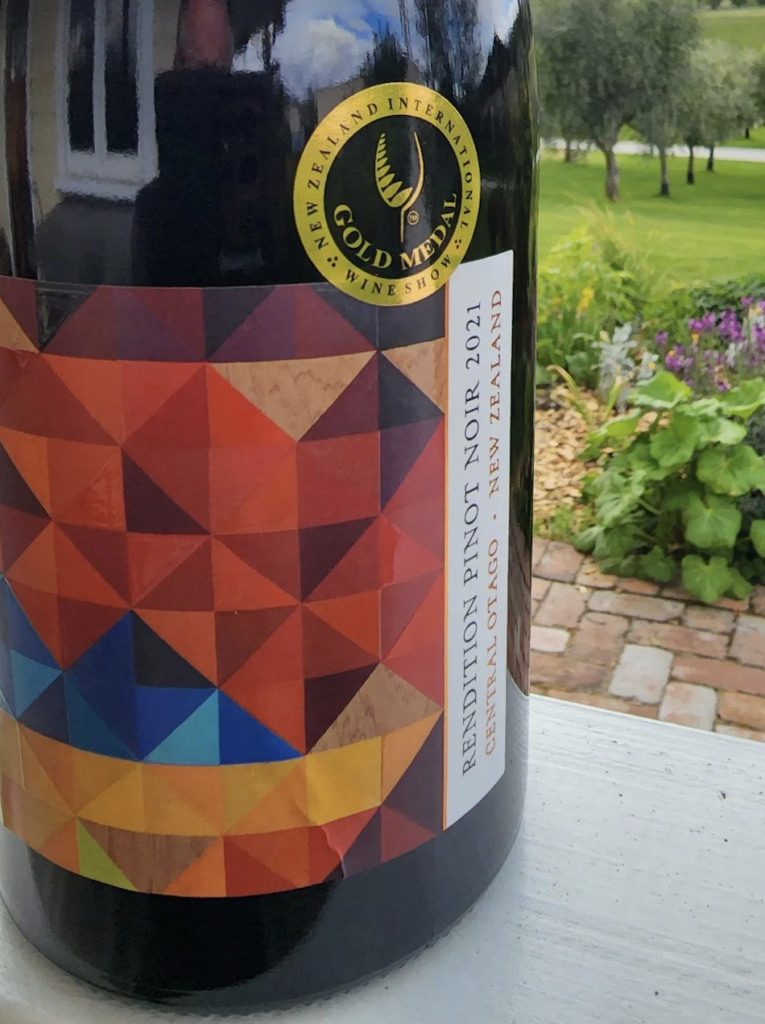
MC: This is Clone 5 from Lowburn. 20 year old vineyard that normally makes up half of the Rendition blend, but that’s probably going to go into a Single Vineyard Lowburn wine this vintage. Those Rendition blocks are really consistent. There is vintage variation – I mean the ’20 is a bit more acidic, but it was a cooler year. The same sort of fruit profile, they’re all really vibrant. I don’t do whole bunches because I don’t really like it. I think it makes Pinot in New Zealand look a bit sappy. It can add some complexity and maybe a little bit more ageability, but at the sacrifice of a bit of vibrancy, and that’s what I like about Pinot.
WF: It can mask the character of the wine, and the vineyard signature.
MC: It’s like adding a whole load of new oak to a wine. It can become the wine. In Central I’m out on a limb by myself a bit, because most people are going the other way. I don’t do any, so i’m out over here. I get parked up as ‘fruit bomby wines’ but I don’t make any excuse for that because Pinot is a fruit. And funnily enough I think it should taste like one. But I do look for complexity and that’s why I’m looking for older vines. I do look at whole bunch. If the stems are ripe enough I would consider adding some, but they’d have to be really cinnamony. And then I would add some. I did a ’13 Pinot for Akarua that won the Six Nations Wine Competition – and that had 20% whole bunch in it because it was a really good year for it. So I’m always looking, but it’s just not my rule of thumb.
I think winemakers forget about customers at times. People are wanting to drink the wine, and if it’s sappy it puts them off. They have to be wines that you want to go back and have another glass.
It’s been an interesting journey. I don’t know of any other commercial winemakers in Central who have gone out by themselves and funded everything, and got a reasonably big business going. Other people have always had backers from the get-go. Being your own person has its challenges, but being a winemaker in New Zealand is challenging anyway. Going out by myself is the best move I ever did. I want to make the best wine I can, and I’m fortunate to have access to some really good vineyards, but that’s because I’ve been here for twenty plus years.
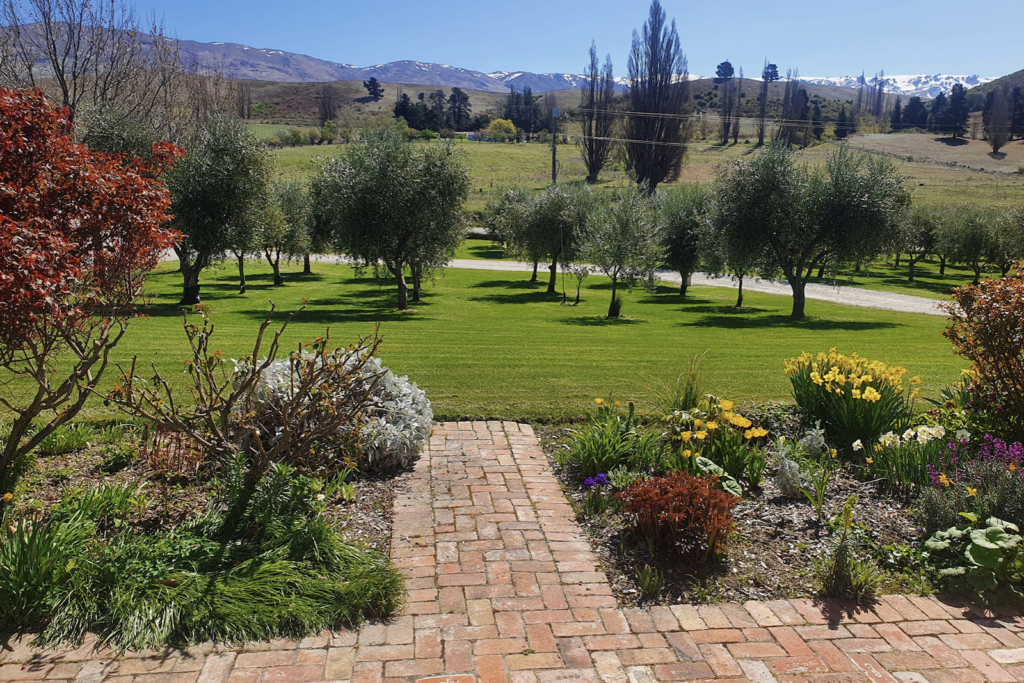
WF: What do you think about that MacArthur Ridge wine doing so well?
MC: I think Alexandra is really under-rated. Because it ripens later, it has time to build a bit of flavour, and it’s a different profile from the Cromwell Basin. A little bit more herbaceous, but in a good way — more complex — but I really like that. They still get plenty ripe, but with an interesting malic profile — a lot of malic acid.
In the winery, we have a range of tanks and fermenters. It gets pretty busy and we ferment a whole lot of tanks on the ground — lots of small lots. I’ve got some clients that only do ten tonne of Pinot, so we might do a six tonne fermenter for the core of it, but then we break it down into four singles. Try and give them five options, instead of one or two. The more you have the better. My own wines is all one tonne lots. I don’t do anything over that for me, because I want heaps of choices. And one tonne is big enough that it gets enough heat for extraction, but it can maintain and look after itself.
WF: When I saw you in the old tasting room, you said you’d love to have a room that had your art on the walls as well.
MC: This is still a work in progress but we are getting there. We ideally want to offer a wine experience rather than a simple tasting and that’s what we are working on at present.
WF: Sounds fun. Is there anything else you’d like to do once you’re all fully settled in here?
MC: Wine wise?
WF: Well, when we talked before you said one of the things that appealed to you at Akarua was the opportunity to work on Sparkling wine.
MC: Oh, I’ve done a sparkling. It’s not released yet though. I’ve done a blanc de blanc in 2020. That’s at Daniel le Brun’s at the moment. Not off the same block as the Chardonnay, but it is Chardonnay from Lowburn. The vineyard behind it. It looks good. It’s very citrussy but I’m very pleased with it. Then I was going to do a riesling this year but only a small volume. I want to do a dry riesling, but the fruit I had pinned down didn’t really come to the party so I din’t take it in the end. That’s about it. I don’t want to get too broad really — want to stick with my knitting a bit.
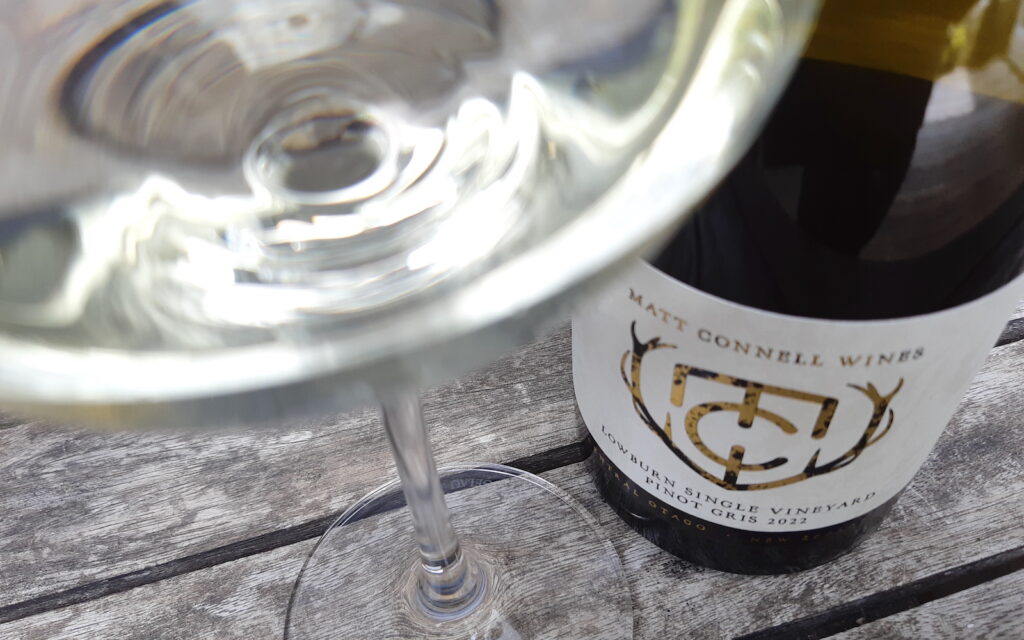
The Pinot Gris is a new wine for us, but riesling interests me a little bit more — in terms of its ageability certainly. If I could take fruit off a block long term and then alternate years — with a dry and then a late harvest. It’s nice to have a range to show people, but you’ve got to fund it all. I don’t want to be one of those companies that has fifty different wines off fifty different blocks. The Single Vineyard Pinots that I do, I’m always looking to increase the number of those. But I don’t make them every year.
WF: Tell me about the Pinot Gris and what you’re doing with that?
MC: I like Gris. I do struggle with New Zealand Gris a bit because I don’t think we have the greatest clone selection. I think a lot of them taste fairly similar because of that. If it’s not going to a percentage of neutral oak, which a lot of people do so they can stir it and get a bit of texture going on, then it really comes down to the balance and when you stop it. A lot of them have been off dry. This one is six grams and if I had my time again I’d probably take it a bit drier. But when you look at them and they’re in tank and really yeasty it’s hard to say whether when it drops clear its going to lose a bit of sweetness. It is a balancing act. I um and ah over it for hours. And if its really cranking and you don’t make a decision — when you go back to it and its dropped half gram in a day and it’s gone too far.
I live in town, so this is way better for me than Alex. I was coming here at four o’clock in the morning and trying ferments just to see if I needed to stop them. But I could do that, and I’d be back in bed fifteen minutes later — instead of an hour. Especially over vintage as we had no overseas help so it was busy. There was Elliot, me, Brook and Lucy so it is a lot of work. None of us had a day off for three months. But I did enjoy vintage this year. Having the kitchen here made a huge difference, so you could have a proper meal.
WF: Is there something that you wouldn’t do, if you had your time over again?
MC: I love Central Otago and its definitely our home and has been for a long time. But I really was very happy making Pinot in Oregon. But I was there in the early 2000s and there were a lot of start-up wineries then, but they were backed by big intel companies in Oregon, and hiring well-known winemakers, from California especially, at the time. It was really hard to break in, and although I worked for a good company I just couldn’t find a good position as a winemaker. If I had my time again, I probably would have looked a bit harder at that.
At the same time my wines have done very well here, but if you’re doing very well with your wines in New Zealand, it doesn’t mean you’re making any money. If I had the same results as I had in New Zealand, as if I was living in Oregon, it would be a whole different story financially.
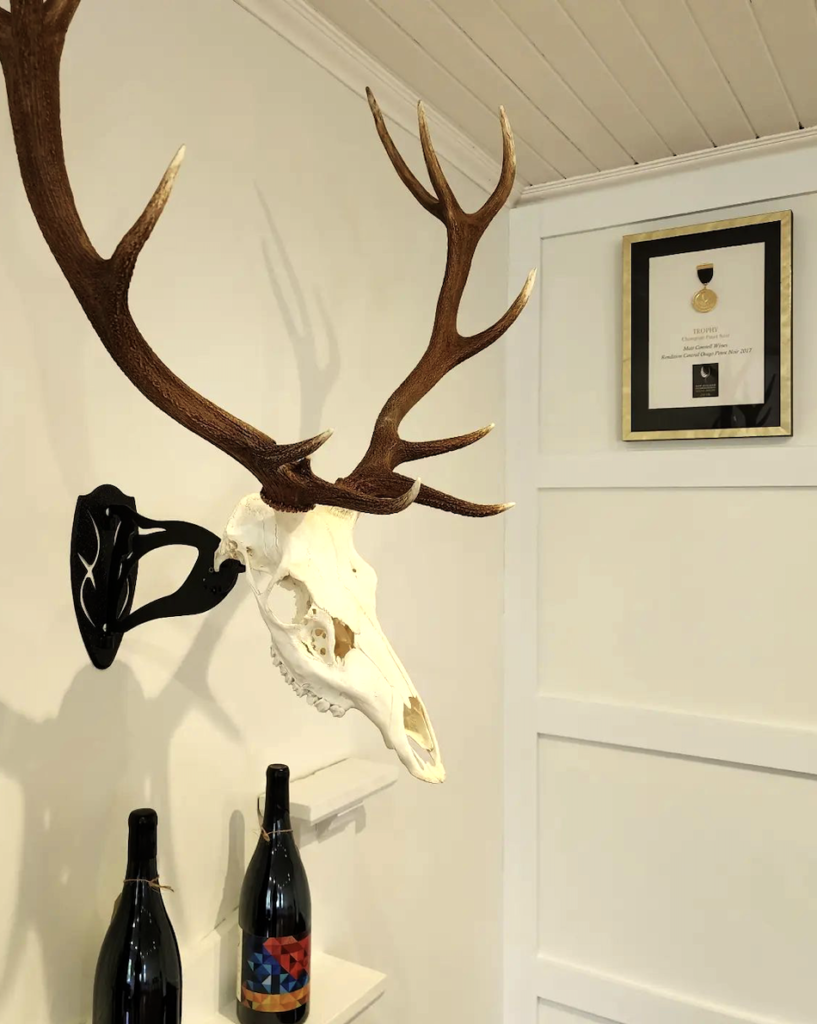
WF: How do you think that is a reflection on New Zealand?
MC: It is a reflection on our population.
WF: Can we be sure though? Just because you’ve been a success here, does it necessarily mean you would be everywhere? There has been criticism that New Zealand is quite parochial and that our critics and judges over-value local wines — give everything big scores — so are we just talking to ourselves — that we think we’re great, with rose-tinted glasses?
MC: I’ve been to a lot of overseas events and New Zealand wines get a very good reception. I think New Zealanders are very good at drinking New Zealand wines. That’s one of the things that were really do have going for us. Overseas, I think people understand that it is a newer area and gets a lot of interest for that. If we’d had that Pinot Celebration, there were really good wine writers coming down who wanted to write about the wines.
I went to Healdsburg in Russian River, and just off the town square was a wine tasting room — not a whole lot bigger than this. There was a young guy behind the counter and he was the winemaker. I asked him ‘What do you pay to lease the building?’ and he said it was $100,000US a year. And all his Pinot was about $30US, so it wasn’t mega-dollars; but he was making 30,000 cases and selling them all through his tasting room. So that’s a whole different scale. Everyone comes down from San Francisco for the weekend — and like New Zealand they’re very good at supporting their own wines.
WF: Well, you’re young enough to be able to go and take on the world then — and you’d back your ability to do that?!
MC: It’s like you say though — that doesn’t necessarily translate overseas. They might not know what the New Zealand International Wine Show is, or know who Bob Campbell is? The tough thing for New Zealand producers is we just don’t have the population, so to try and stay in it long-term is very challenging financially. And in order to go to export, you have to have a scale to make that work for you. And maybe find an importer that doesn’t have a New Zealand wine already, and understands what you’re trying to do. Our company motto is “Don’t deal with dicks”. I want to make the best wines I can, but also work with good people that care about customers, and people generally.
WF: Is there something that you don’t like, and you would change about the wine industry then?
MC: I don’t like wine snobs. Most winemakers would say the same thing. If it is 96 points or 75 points, if someone has put a lot of effort into it, then I acknowledge that and I think that’s a good thing.
All the legislation that goes in behind New Zealand wine is challenging for small wine producers. There’s a lot of really positive things about wine – I wouldn’t be doing it otherwise. I love wine. And the main thing I’ve enjoyed is I’ve got to deal with people I really care about, and care for. And they look after me by giving me the best fruit they can find.
Beth is the brains behind the strategy of our business; and she and I banter about what we want to do for our business all the time, and I really enjoy that.
We went to Te Anau a couple of weeks ago, just for a Saturday night, to stay with some Wine Club members who have a B&B there, but we’ve never been down and checked out their business. So it’s good to go and support their business. Those sort of interactions just add another dimension to why we want to do it. There’s been some hard bumps in the road, but that keeps the wheels turning. It has taken me six years to get here. If I had the opportunity to go back to Oregon tomorrow, I wouldn’t. I really love it here and this is me for the long haul, but I would think seriously about doing an Oregon Pinot and bringing it back here. I talked to Adam at Elk Cove where I worked, and he’d be happy for me to do that if I wanted to.

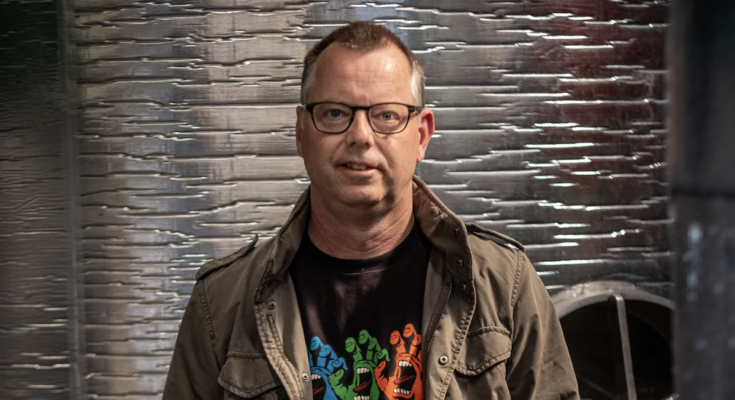
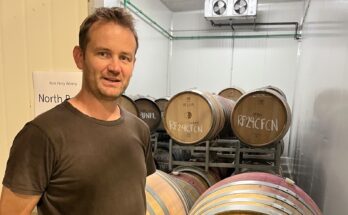
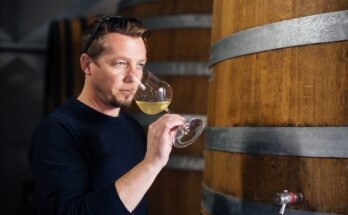
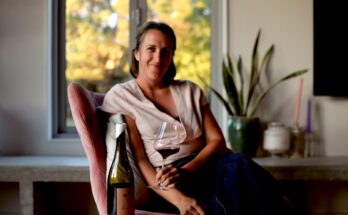
One Comment on “Winemaker series: Matt Connell (pt.2)”